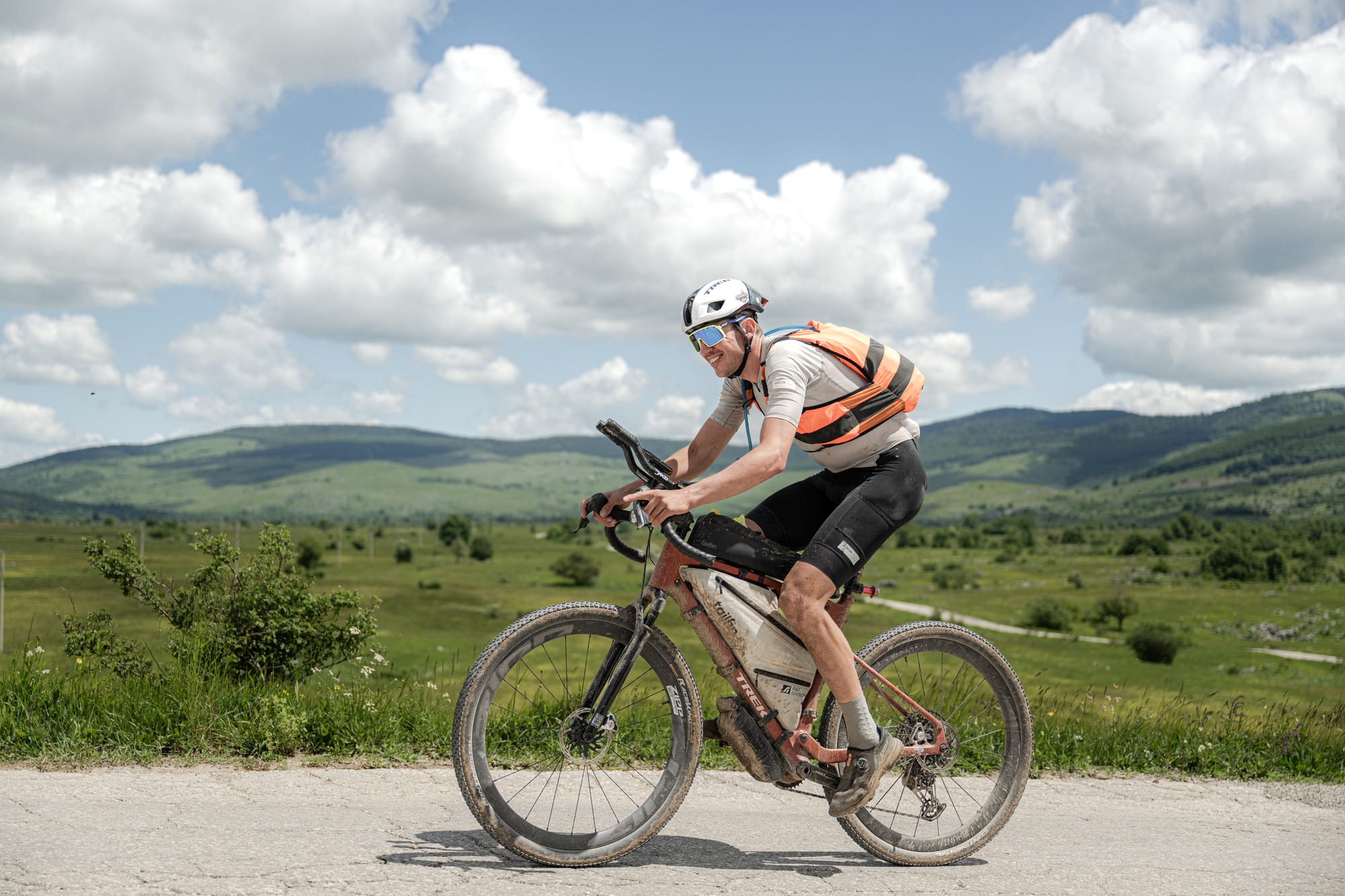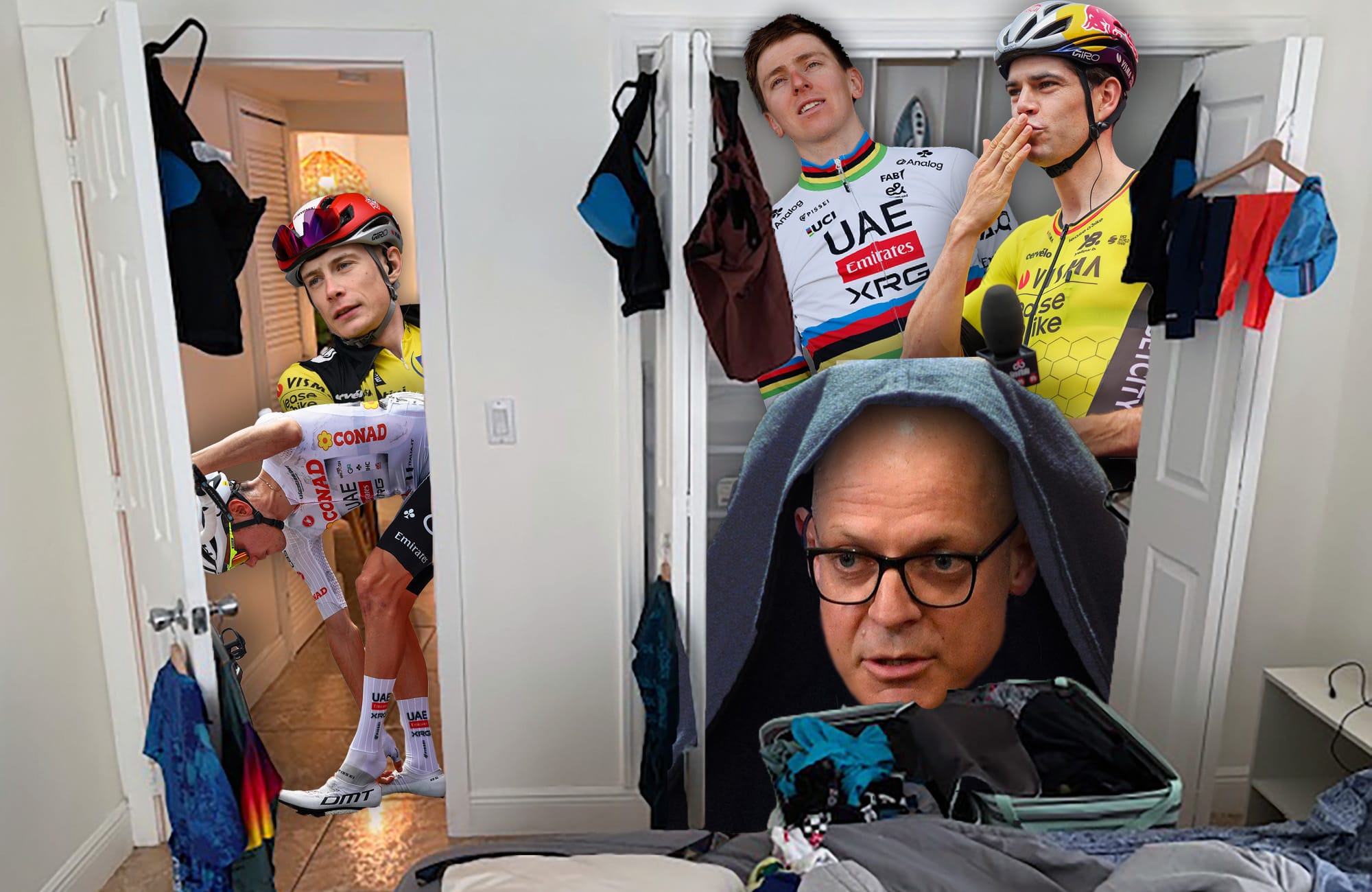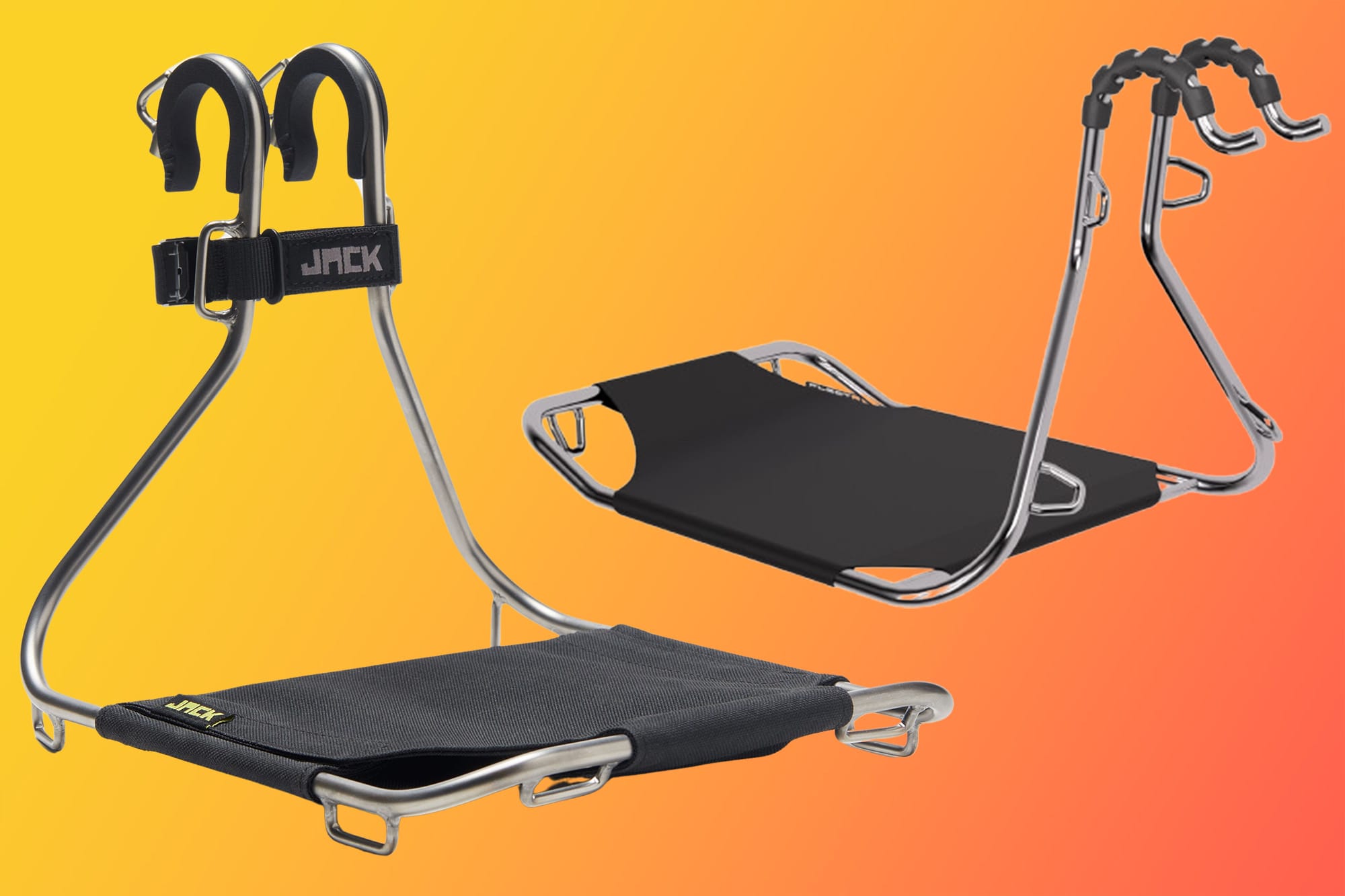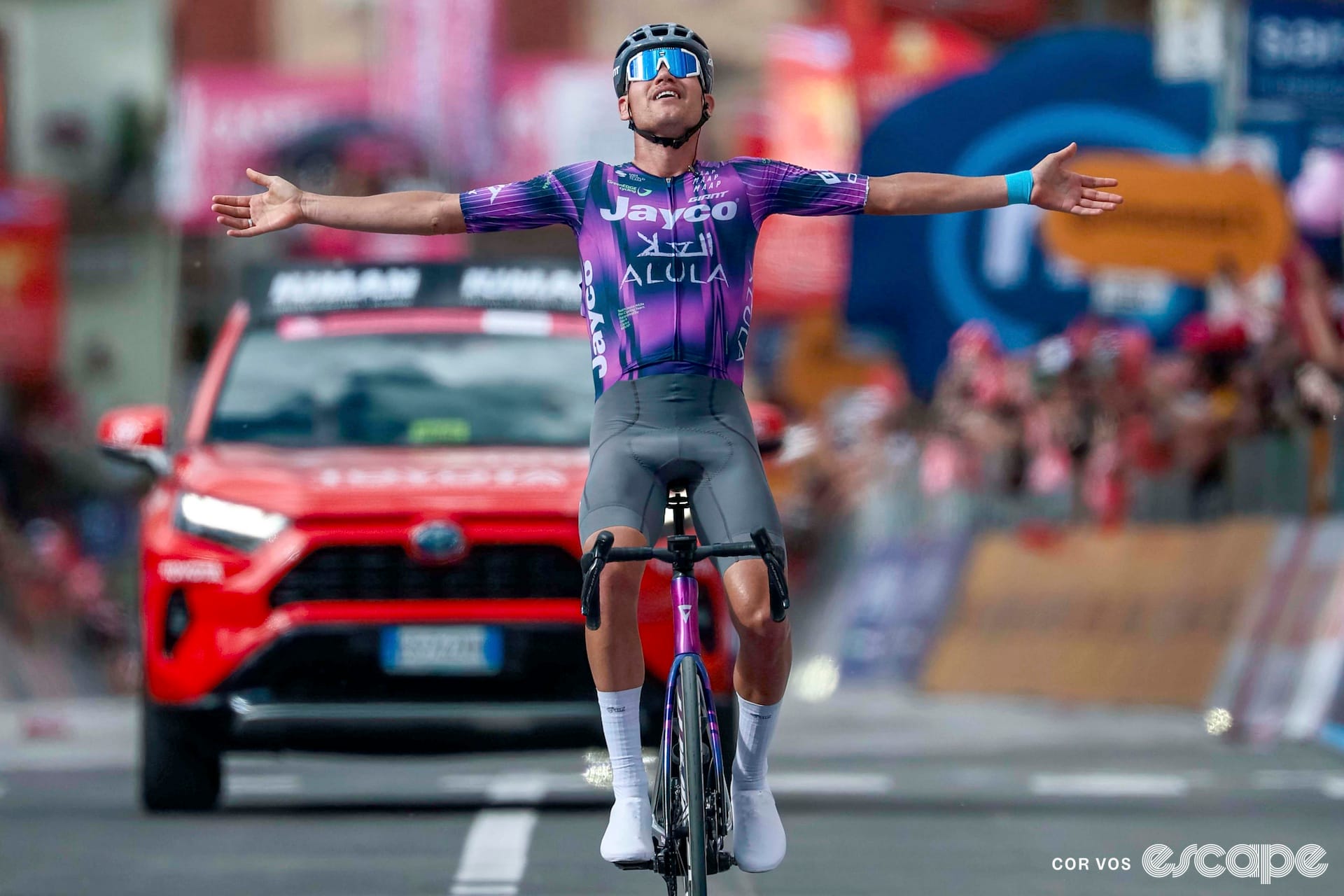The other day I reached a new personal top speed whilst riding, hitting 70 mph (112 km/h). Given that this was just whilst riding to the other side of town (and yes, a downhill was involved), and yet it bettered the British 200-metre record I held for a decade of 67 mph (107 km/h), it says something for the efficiency of the commuting bike I was riding.
No, it wasn’t on something with integrated handlebars or in a puppy-paws position. Rather, I was riding a velomobile. For those unfamiliar, this is a recumbent tricycle with a full fairing or bodyshell – giving protection from the weather and a significant aerodynamic advantage.
All-weather commuting
I have been committed to using a bicycle for transport for as long as I've needed to get to other places. When I lived in the UK I owned a car, but only because I inherited it. And it only got driven (ironically) to get to bike races that were too far to ride to. So I have always had a bike with a pannier rack and mudguards, in one form or another. And typically this poor workhorse would see very little care or maintenance and be expected to just keep running. With a couple of bike trailers for larger loads, and good wet-weather gear, this worked well for many years.
When I moved to Oregon this mode continued – my commute was only four miles, but had a decent-sized hill at the start. With a 7 am start to the work day, I would spend half the year riding to work in the dark – and it was often also cold and rainy.
It was towards the end of my second winter in 2008 when the event happened that sent me in search of a different solution. Riding up the hill one cold morning I could feel a little bit of slip-grip under the rear tire indicating some ice on the road. I should have paid more attention to this, as once I hit the downhill where the road was completely iced over, I immediately went sliding.
It was one of those innocuous falls at this point – I had a plastic rain jacket on, and it was so slick that I just slid like a toboggan, with my bike sliding along next to me. When I came to a halt I looked up and there was a large truck, with all four wheels locked, sliding directly towards me. I had that slow-motion, split-second to think if I should try and grab the bike or not, before I just threw myself in the ditch, turning to watch the bike get crushed under the front of the vehicle.
That was the last freeze of the winter; I wasn’t aware of the trauma of that crash staying with me until months later, with the first cold, wet day in the fall. When I started descending I got very scared, and braked to a slow speed, but I had lost all faith in the grip and safety of that section of road.
Having been involved with human powered vehicles (HPV) for a long time (the first three bikes I built were recumbents), I was aware of velomobiles, and thought that would be an excellent solution for safer, warmer and dryer winter commuting. At that time, most velomobile production was from a few small manufacturers in Germany, the Netherlands, and Belgium, with high prices and long waiting lists. But with continued research I came across a Canadian kayak builder who had become interested in velomobiles, and created a fiberglass body for a production tricycle. We reached an agreement for me to buy one of his prototypes, and so that December I took the train up to Vancouver and spent three days riding the Borealis velomobile back to Oregon.
The Borealis
The Borealis saved my sanity through the next several winters. Equipped with lights and turn signals, plus good internal storage, I used it for my commute and errands. It was a bit of a slog going over the hill (it likely weighs over 80 lbs / 36 kg), but with a triple crank and the stability of three wheels, it's not a big deal just to grind it out.

When I transitioned to English Cycles full time, working from home, I no longer had the commute and could mostly choose when I rode, thus avoiding the worst of the weather. The velomobile remained unused for a few years. But then three years ago, in search of a better home/work balance, I moved my shop, and now have a commute that is 28 miles (45 km) each way, with a significant hill.
The first winter I (appropriately enough) just used my ‘winter bike’ – this is the commuting/training bike I always wanted; a virtually maintenance-free road bike with disc brakes, a belt drive and internally geared hub (now 14 years old and with about 80,000 miles (129,000 km) on it).
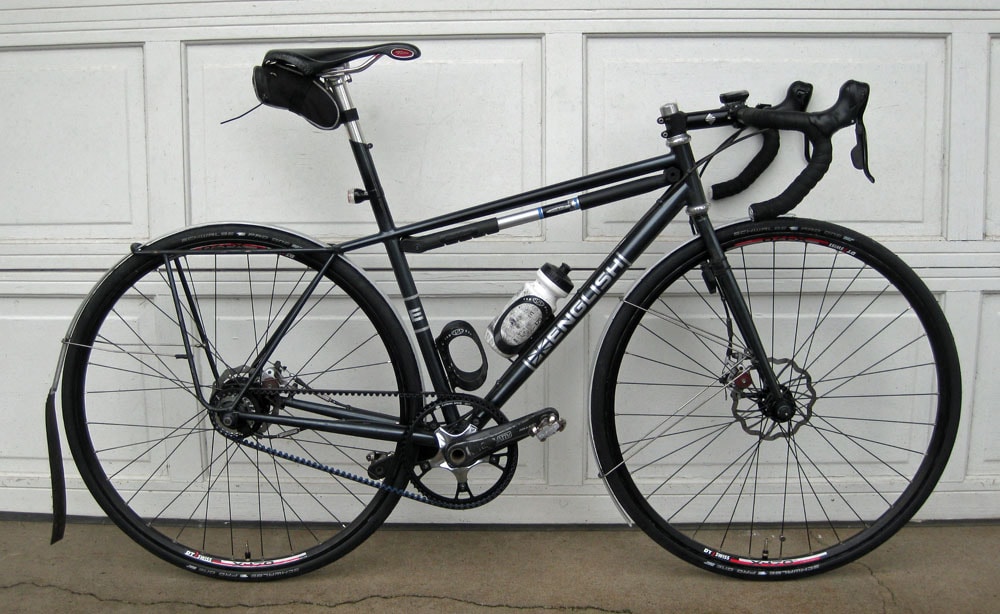
There were definitely some pretty miserable rides that year, between cold/dark/rain/snow/wind. So as the second winter approached, I decided it was time to resurrect the Borealis. But with that hill I thought I needed a little help – I added a Bosch electric assist, in the version that goes to 28 mph (45 km/h), and made some other improvements/repairs.
The motor took away the negatives (slow acceleration and very slow climbing) whilst maintaining the advantages, and I could go door-to-door in an hour. One thing I noticed with the e-assist is that the time variance is so small. On the road bike, depending on legs/luggage/wind, there can be a 30-minute difference in transit time. With the e-velomobile, the variance is only five minutes; I just use more or less battery depending on how much power I put out.
The Bülk
This setup has been great for the last two years. However, I started to think about what could be better. On very bad weather days, the head-out style of the Borealis isn’t so pleasant. Being a third-party shell over an open trike, it isn’t sealed perfectly, so the inside of the body collects some water. It is not the most stable shape in the wind, having been designed as a practical shape for a much taller rider than me, rather than an optimised aerodynamic shape. I wondered what else might be out there; I have been fairly out of touch with the HPV world for some time.
Some online research later, and I decided to order an upgrade – I chose a design called the Bülk, a full carbon monocoque (so the fairing is a structural part of the bike), with lots of clever features. Built in Romania, ordering was a bit of a process, but six months or so later, I drove up to Portland to collect it from the airport.
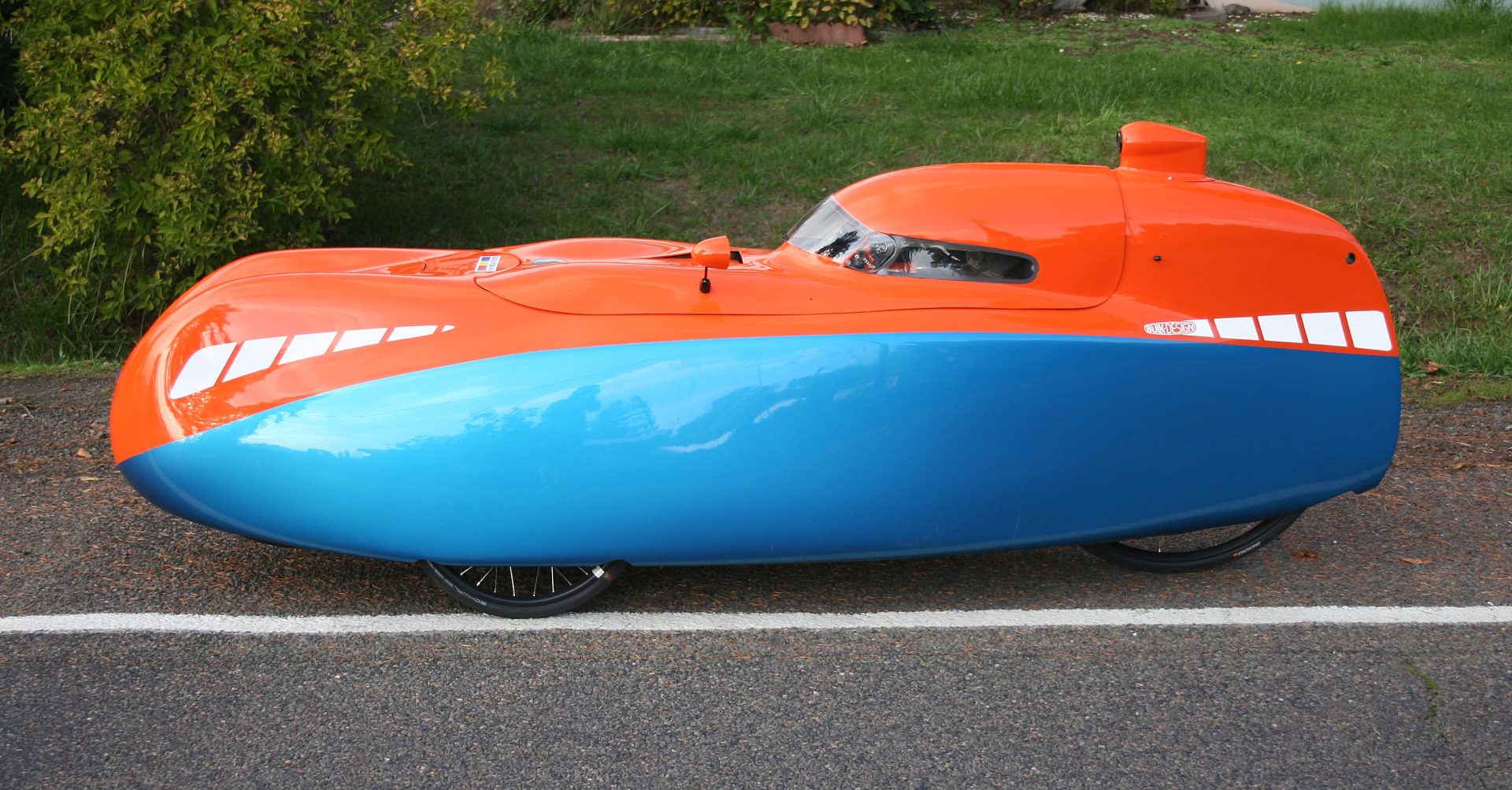
I have some previous experience with very fast human-powered vehicles – I currently hold the British Hour Record at 50.1 miles (80.6 km). Those bikes can feel like a competition to make the most impractical bicycle – the rider can’t start and stop without help, there is very limited steering lock, gearing is only good for riding on the flat, and the ventilation is mostly pretty terrible. Having not ridden that type of bike in a long time, my first ride in the Bülk brought back memories. Tiny compared to the Borealis, slow to accelerate (it may be light for a velomobile but still around 60 lbs (27 kg)), somewhat noisy. But oh boy, once it gets up to speed .
I specced a 60x11 top gear, but I spin that out frequently. My hope with this new bike was that the aerodynamics would counter the weight such that I could do my commute at a decent pace without the assistance of an electric motor. I have only done a few runs, but so far it seems to be meeting those expectations. I have done the commute in 1:06; my best time without an assist by a good margin. While it is slow winching up the hill, the ventilation is very well thought out, which helps to prevent overheating. Then, it holds a high speed so well on the flat that it more than compensates for the slow climbing.
Before first going up and over the hill, I was a bit apprehensive about taking the Bülk down the twisty descent. With the Borealis I had learnt the speeds I could take each corner (I’m very aware of where the limit is, having found it in the past (see video below). Fortunately the dual oversize drum brakes work very well, so I am just cornering nice and easy as I learn how the new bike handles. There are definitely some fogging issues with the windshield, and some other small things to sort out, but so far I am pleased. It is kind of fun to actually be looking forward to the cold winter weather now that I have this new solution.
It will also be interesting to take it to the local time trial next year and see what I can do on the flat - especially after a winter of getting trained to this new riding position. Incidentally, I have discovered that having a decent length commute is a wonderful antidote to a lack of motivation for training - I think that last winter I only did a couple of outings that I would consider actual training rides, and yet I was decently fit for the season. And there was no lost time sitting in a four-wheeled metal box or having to resort to stationary riding.
Gawkers guaranteed
One thing about riding a velomobile is having to accept the gawkers. Perhaps this gives me a little insight into being a celebrity - I get cameras pointed at me often (quite disconcerting when it is a phone being held up by the driver coming towards you ...), and there are always lots of questions when I park. But on the plus side, I get more respect on the road than with anything else I have ridden.
My guess is that drivers have no idea what they are looking at, so slow down out of curiosity. They then pass carefully and with lots of room. It is common to have a car (apparently quite contentedly) sit behind me for a few miles, even when there were safe opportunities to pass.
I am keeping both bikes for the moment - I don’t know yet if there will be days when I want/need the electric help of the Borealis, and that bike has the capacity to transport a bike frame inside, which can be helpful in my line of work. To be reassessed after the winter!
Gallery

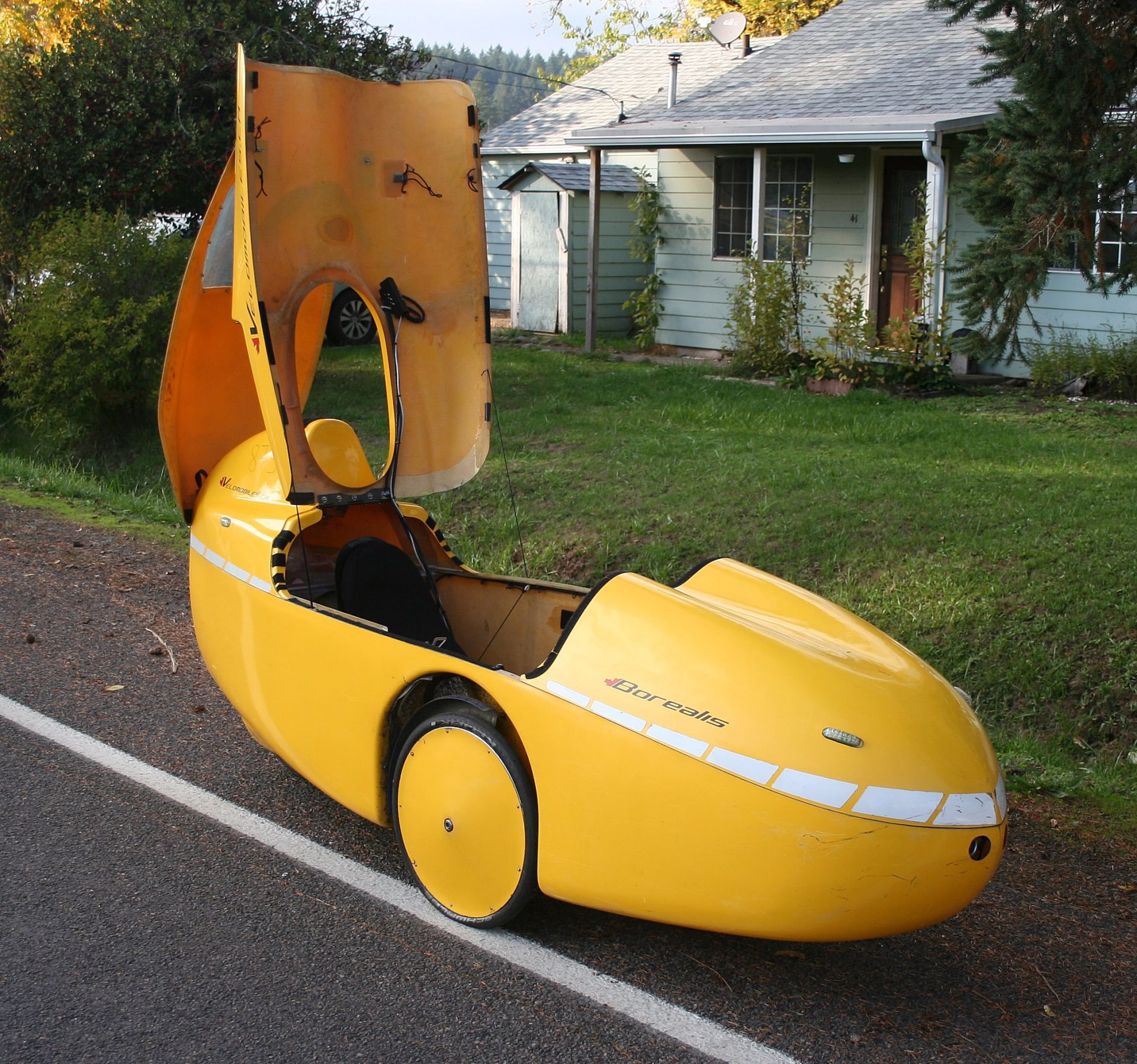

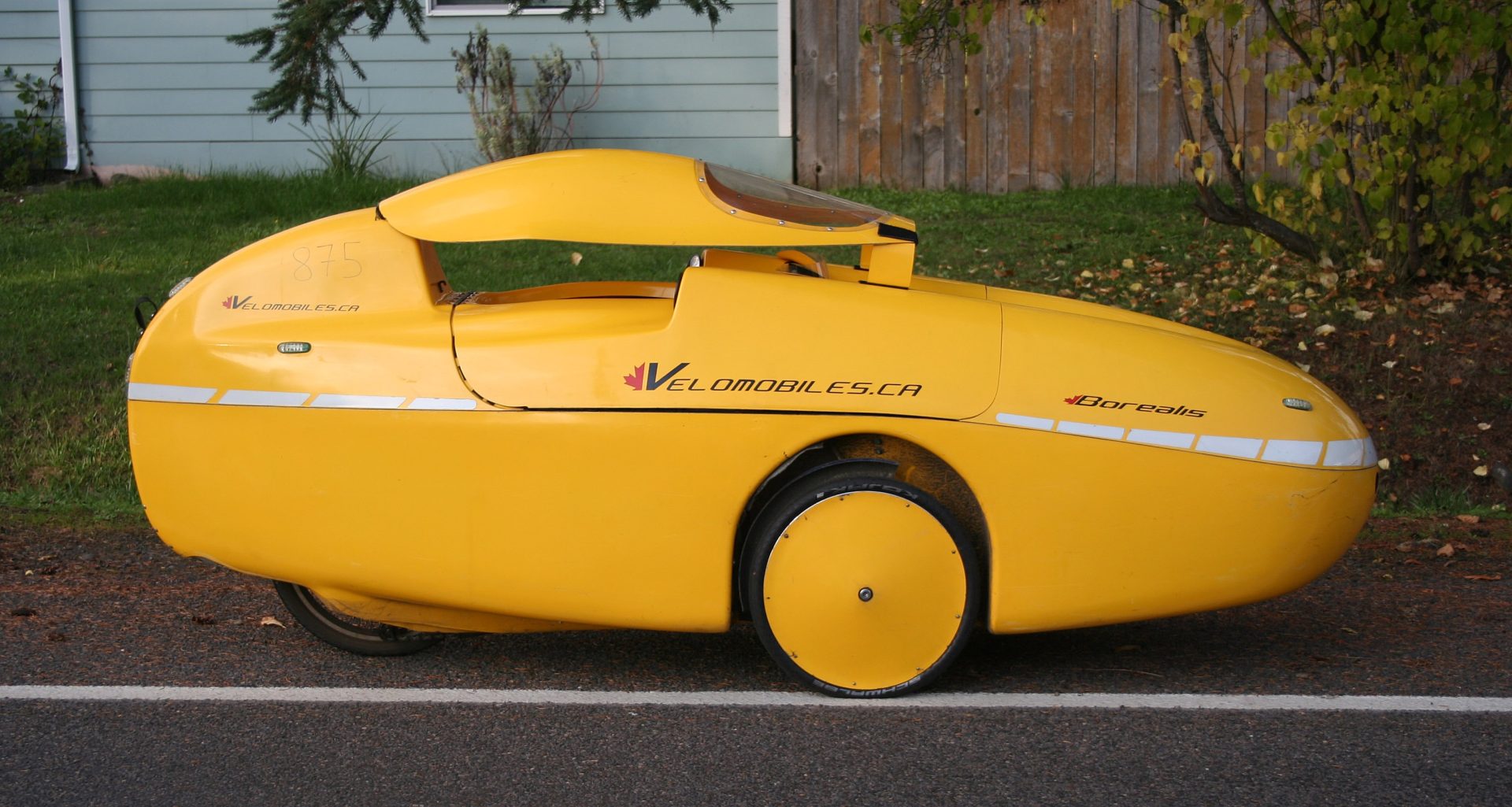
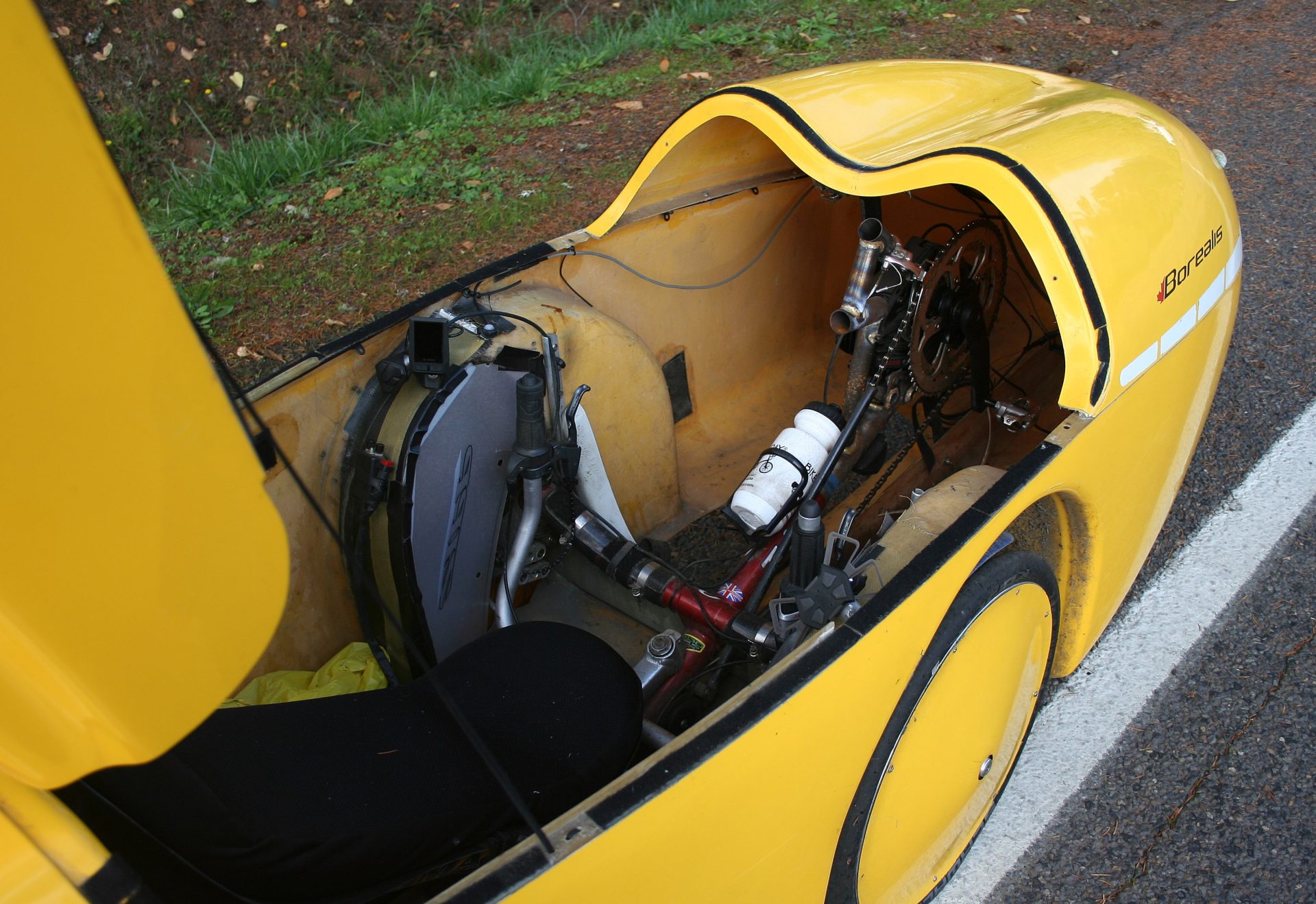
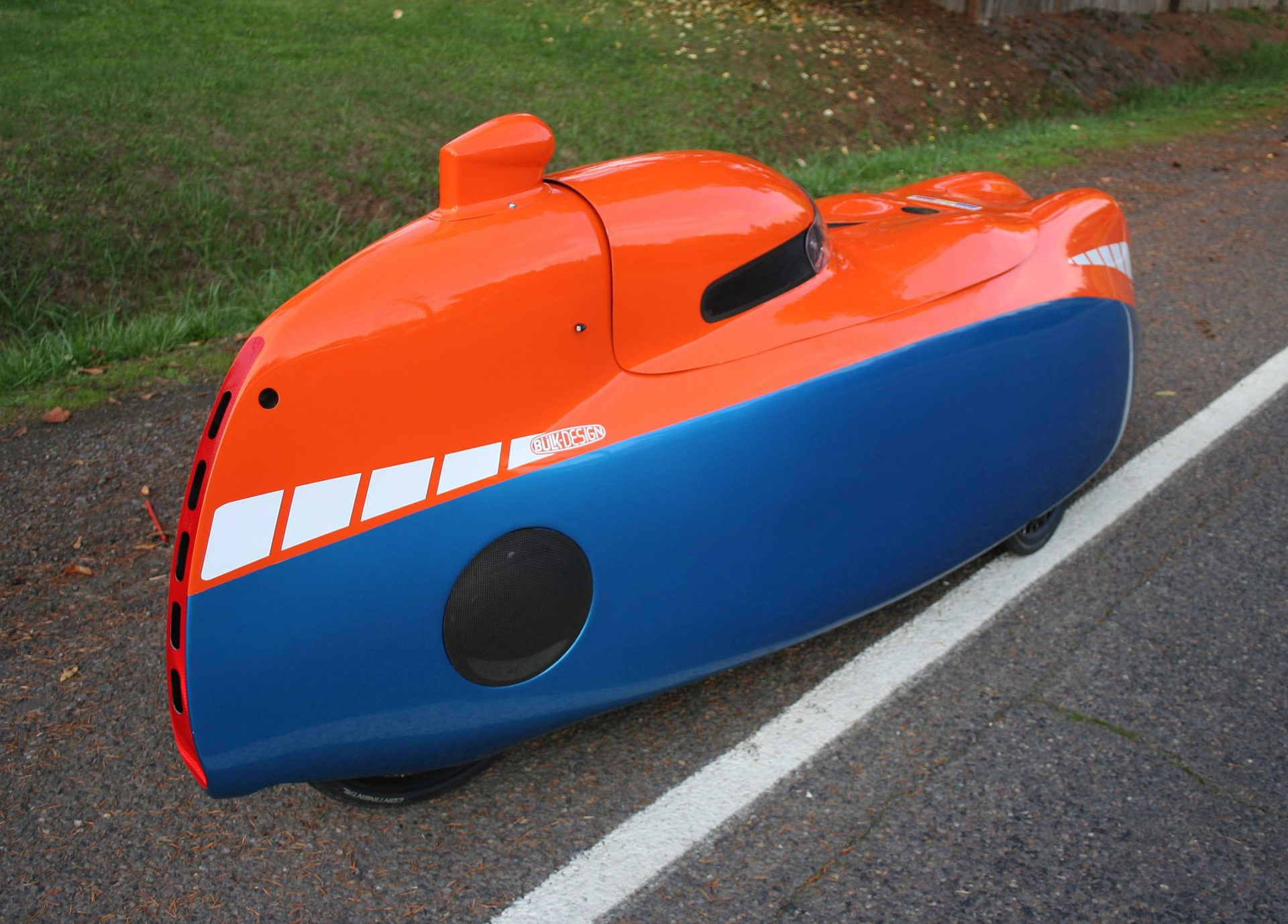
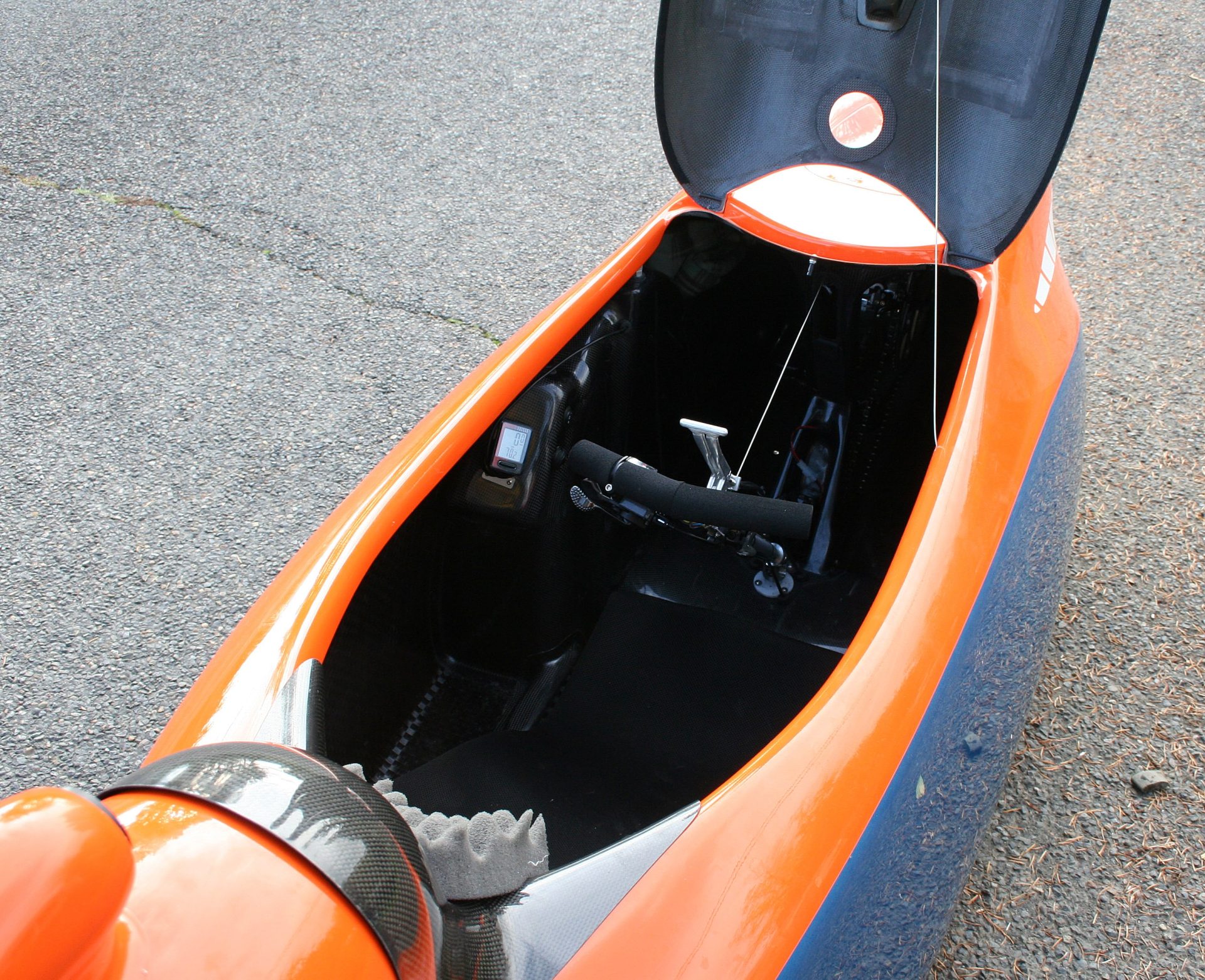
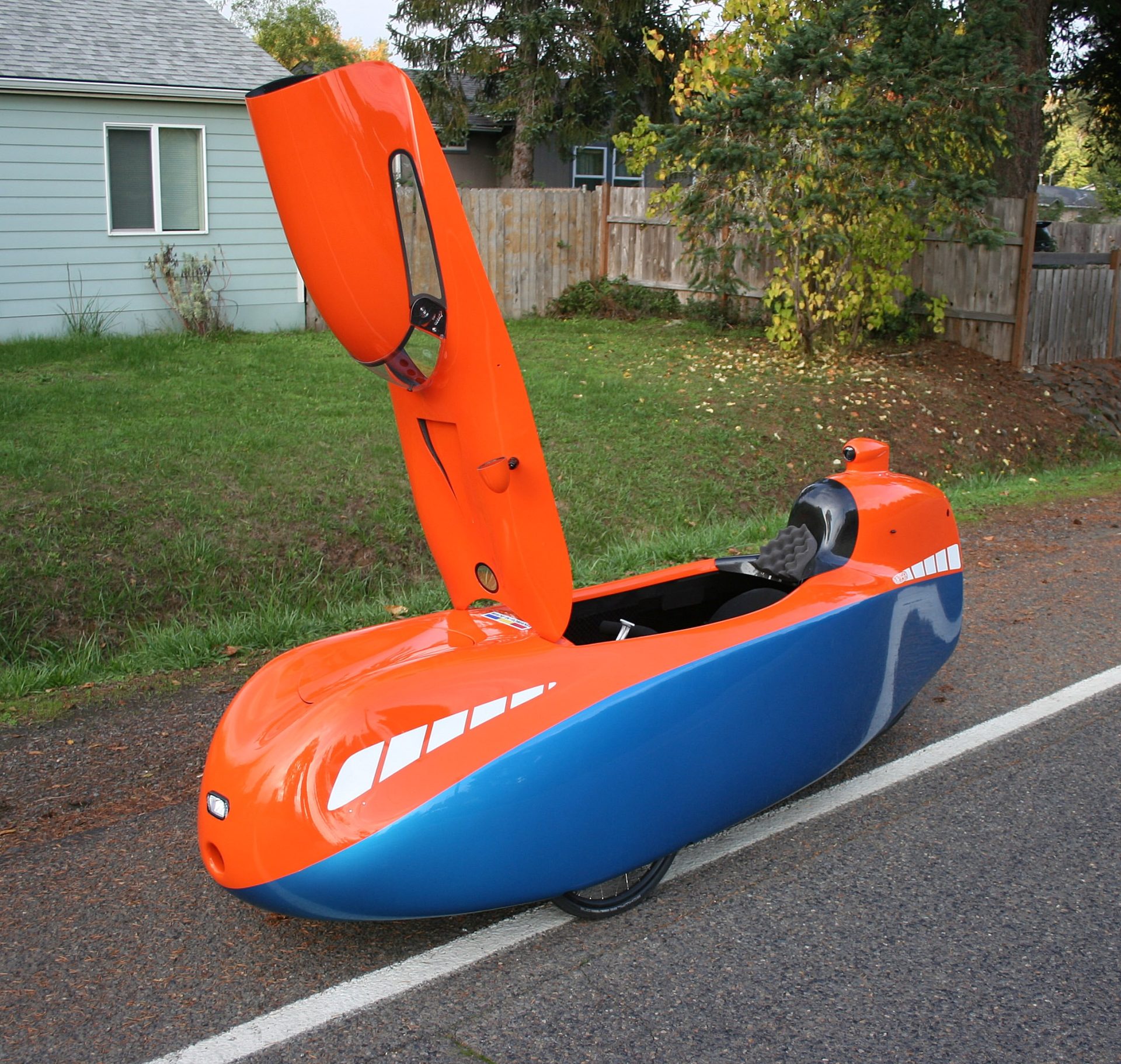
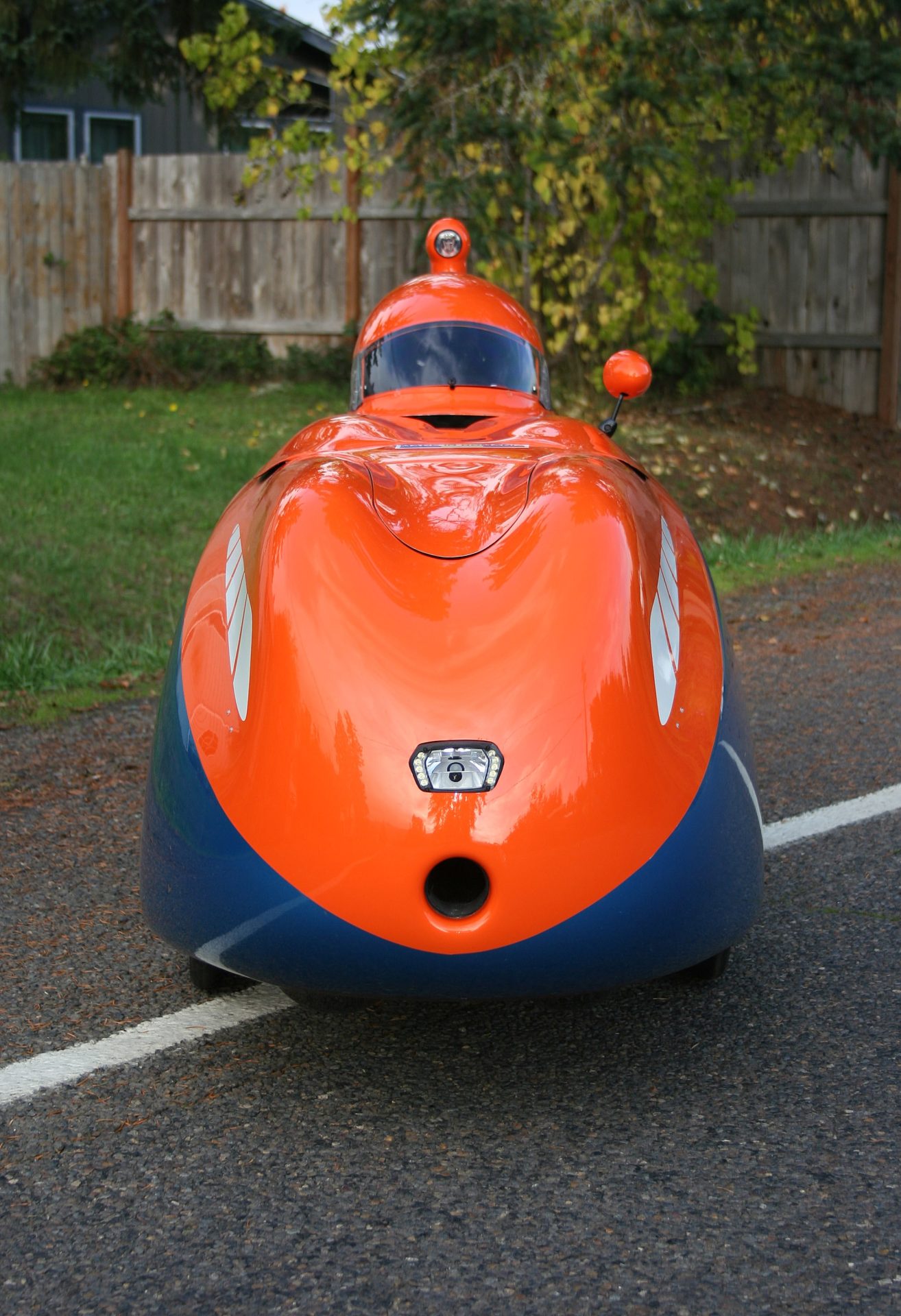
Did we do a good job with this story?



